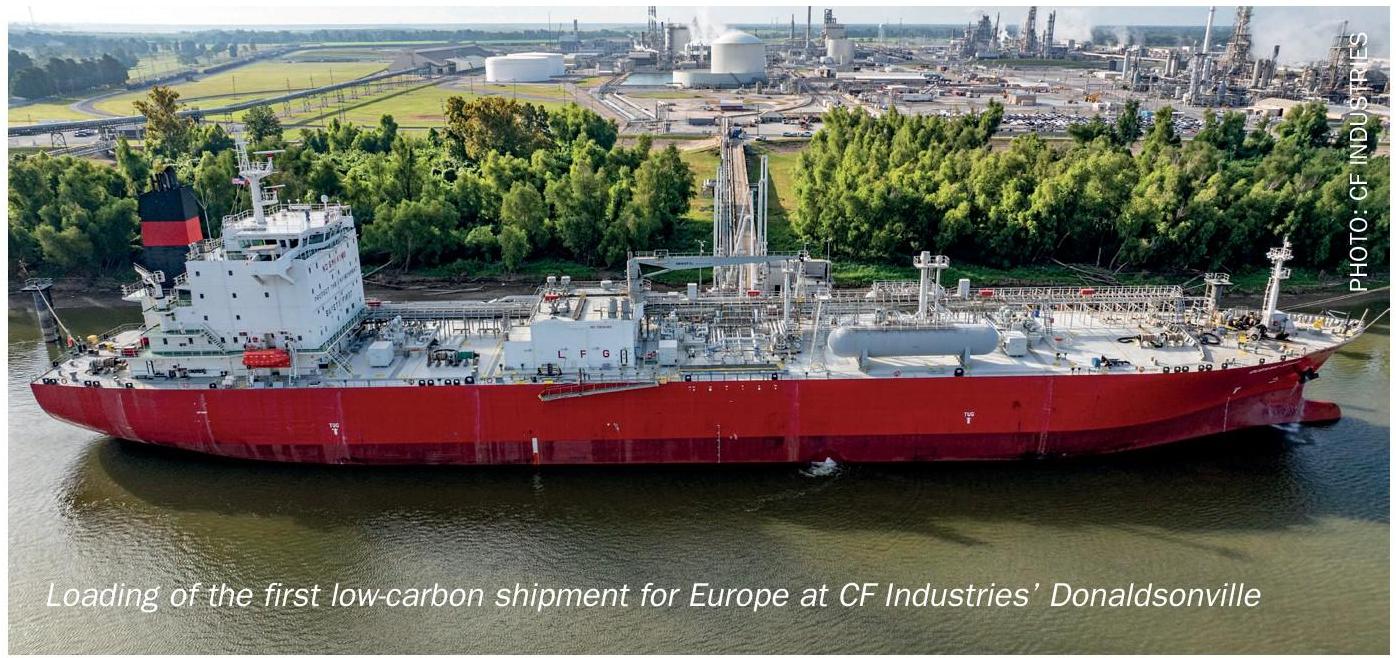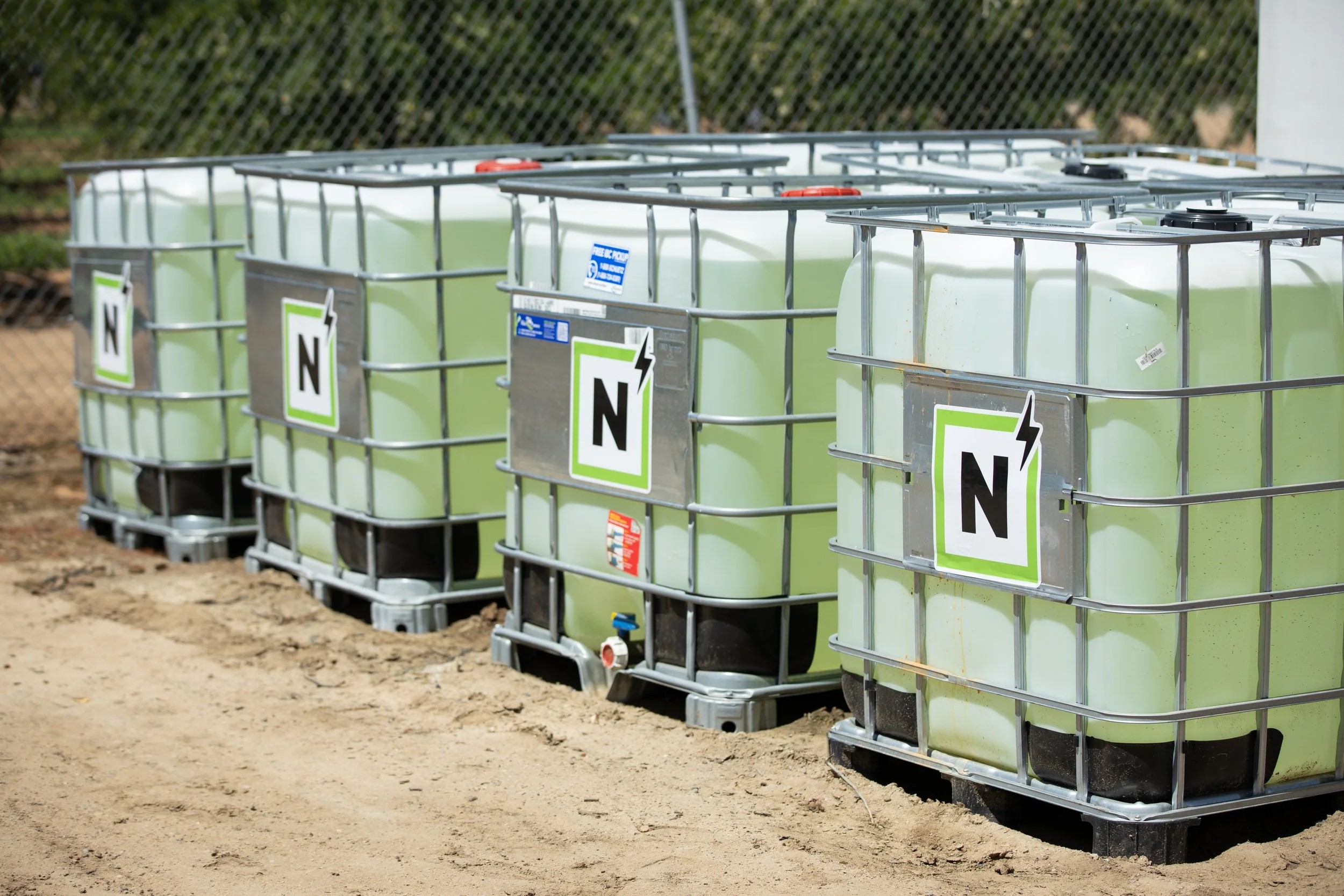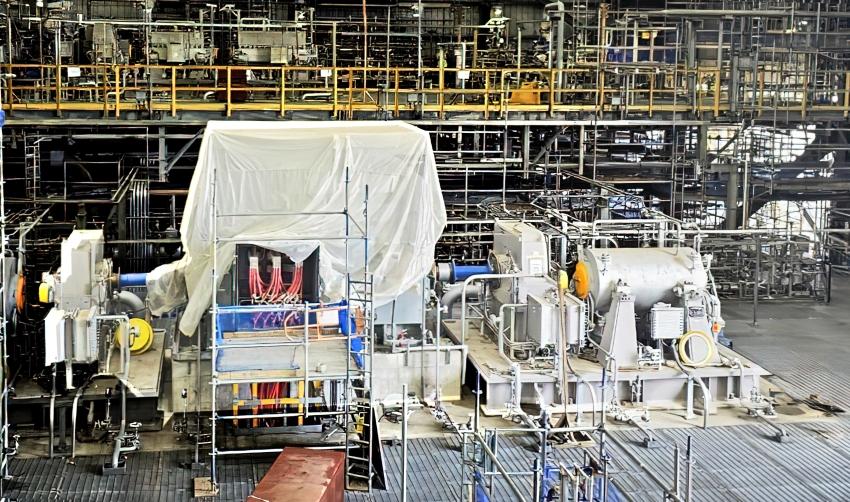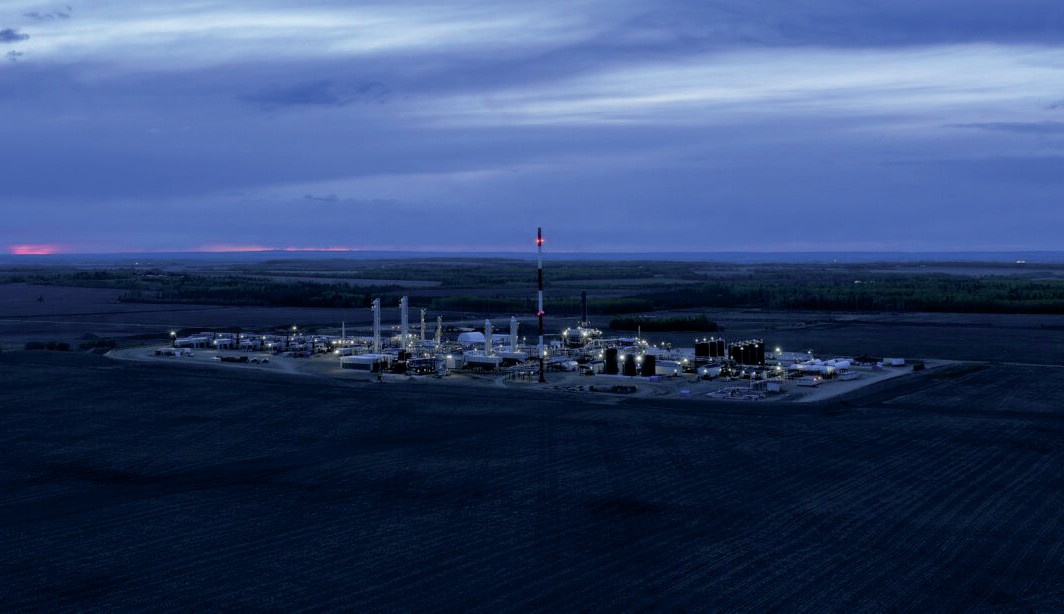Fertilizer International 517 Nov-Dec 2023

30 November 2023
State of the US fertilizer industry
COUNTRY REPORT
State of the US fertilizer industry
We report on fertilizer production, consumption and pricing in the US market. The country’s fertilizer industry, ranked fourth globally in terms of total production capacity, has grown and developed alongside its increasingly sophisticated domestic agricultural sector.

The US fertilizer industry contributes almost $131 billion to the domestic economy and directly employs more than 100,000 full time staff, according to trade body The Fertilizer Institute (TFI).
In 2021, US fertilizer producers:
- Invested a total of $1.2 billion in capital expenditure
- Captured and reused 31 percent of their greenhouse gas (GHG) emissions
- Sourced 39 percent of their total energy from waste heat
- Used 10 percent less water in nitrogen production, compared to 2017
- Reported a lost time incident rate of 0.46, making US fertilizer manufacturing 2-3 times safer than comparable industries nationwide.
These performance indicators are updated yearly in TFI’s annual sustainability report. The 16 fertilizer manufacturing companies who contributed to the latest report collectively accounted for 92 percent of total US nitrogen, phosphate, and potash production capacity.1
Overview
The United States is the world’s third-largest fertilizer consuming region, being responsible for almost 11 percent of global consumption and ranked behind only China and India globally (Figure 1). On an individual nutrient basis, the country is the world third largest nitrogen and potash consumer and fourth largest consumer of phosphates (Figures 2-4).
The United States has developed a large-scale and technologically advanced domestic fertilizer industry to satisfy the demand generated by its equally sizeable and sophisticated agricultural sector. By capacity, the country is the world’s third and fourth largest phosphate and nitrogen fertilizer producer, respectively (Figures 5-6), as well as being the ninth largest potash producing nation globally.
Despite having a stable output, US fertilizer production is in relative decline with the country’s capacity for phosphate and nitrogen fertilizers being overtaken by Morocco and India, respectively, in recent years.
Overall, the US fertilizer industry, is ranked fourth globally, in terms of total production capacity (22.4 million nutrient tonnes), exceeded only by China (83.8 million nutrient tonnes), Russia (33.1 million nutrient tonnes) and its northern neighbour Canada (26.7 million nutrient tonnes).






The US operates 12.9 million tonnes of urea production capacity. This is mainly in the hands of CF Industries, Nutrien, Koch industries and the Iowa Fertilizer Co, with these four companies combined owning 87 percent of domestic urea capacity (Figure 7). This group of powerhouse companies also operates nine of the 10 largest US urea production plants (Figures 8 & 9). Illinois-headquartered CF industries is the largest US nitrogen fertilizer producer by far, owning almost half (47 percent) of domestic urea capacity, operating at around three times the scale of its nearest rivals Nutrien and Koch.



Phosphates production
The US can draw on 9.3 million tonnes of domestic production capacity for diammonium phosphate and mono-ammonium phosphate (DAP and MAP). Following several decades of consolidation, phosphate industry ownership is highly concentrated (Fertilizer International 496, p40) with just four companies – Mosaic, Nutrien, JR Simplot and Itafos – operating nine DAP/MAP production sites across Florida, Idaho, Louisiana, North Carolina and Wyoming (Figure 9).
Florida-headquartered Mosaic is the dominant US phosphates market player (Figure 10). It operates around 6.7 million tonnes of DAP/MAP capacity from four sites in Florida and Louisiana. This includes New Wales, the country’s largest phosphates production complex (Figure 11).


Potash
Intrepid Potash is the sole US supplier of muriate of potash (MOP, KCl). The company has the capacity to produce around 390,000 tonnes of potash annually via solar evaporation from three mining sites (Figures 9 and 12):

- The HB solution mine in Carlsbad, New Mexico
- The Moab solution mine in Utah
- The brine recovery operation in Wendover, Utah.
Imports and exports
Due to its limited domestic production capabilities – versus the scale of agricultural demand – the US is the world’s second largest potash importing country, after Brazil and China. The country imported 10.3 million tonnes of MOP in 2021 – up from 7.8 million tonnes in 2019 – sourcing much of this from neighbouring Canada as well as Belarus and Russia.
The US falls well outside the global top 10 list of urea exporting countries, exporting just 290,000 tonnes in 2021. That compares to domestic urea production for the year of 9.9 million tonnes, supplemented by imports of 6.1 million tonnes. Indeed, the US is a major urea import market currently, being ranked the third largest globally. The country’s top three urea suppliers in 2021 were Qatar, Saudi Arabia and Indonesia.
In recent years, the US has become a net importer of phosphate fertilizers.

Although the country produced 6.3 million tonnes of DAP/MAP in 2021 – and was ranked the world’s fifth largest DAP/MAP exporter in 2021 (2.2 million tonnes) – annual exports have declined by 1.7 million tonnes since 2019. At the same time, the US has remained the third largest DAP/MAP importing country globally with imports (2.7 million tonnes) exceeding exports in 2021.
Prices track downwards in 2023
Average US weekly retail fertilizer prices have followed a general downward trajectory in 2023, according to the DTN Fertilizer Index, a longstanding price indicator based on a basket of eight solid products. Some fertilizer commodities have lost up to half their value in 2023, as of end-August. The sharp falls seen in 2023 have improved affordability by bringing US fertilizer prices to just below their five-year average – ending a trend of rising prices in 2021 and elevated prices in 2022 (Figure 13).
US ag retailers have typically reported a double-digit percentage decline in both solid and liquid fertilizer prices to DTN in the year-to-date. For example, as of end-August 2023:
- Potash is 41 percent lower
- Urea is 30 percent lower
- Monoammonium phosphate (MAP) is 28 percent lower
- Diammonium phosphate (DAP) is 23 percent lower.
Similarly, liquid fertilizers – such as 10-34-0, urea ammonium nitrate (UAN) and anhydrous ammonia – fell by 30-50 percent between January and September 2023.
References






